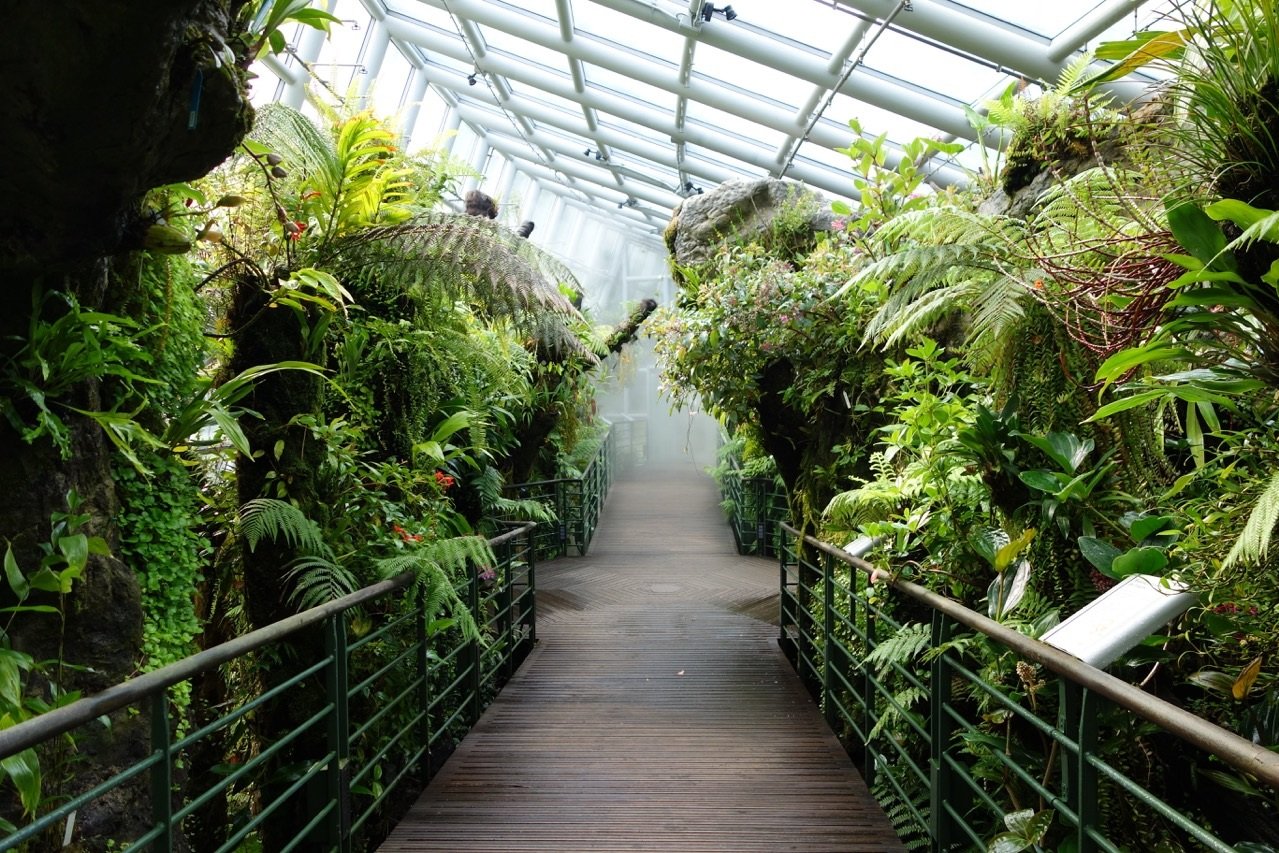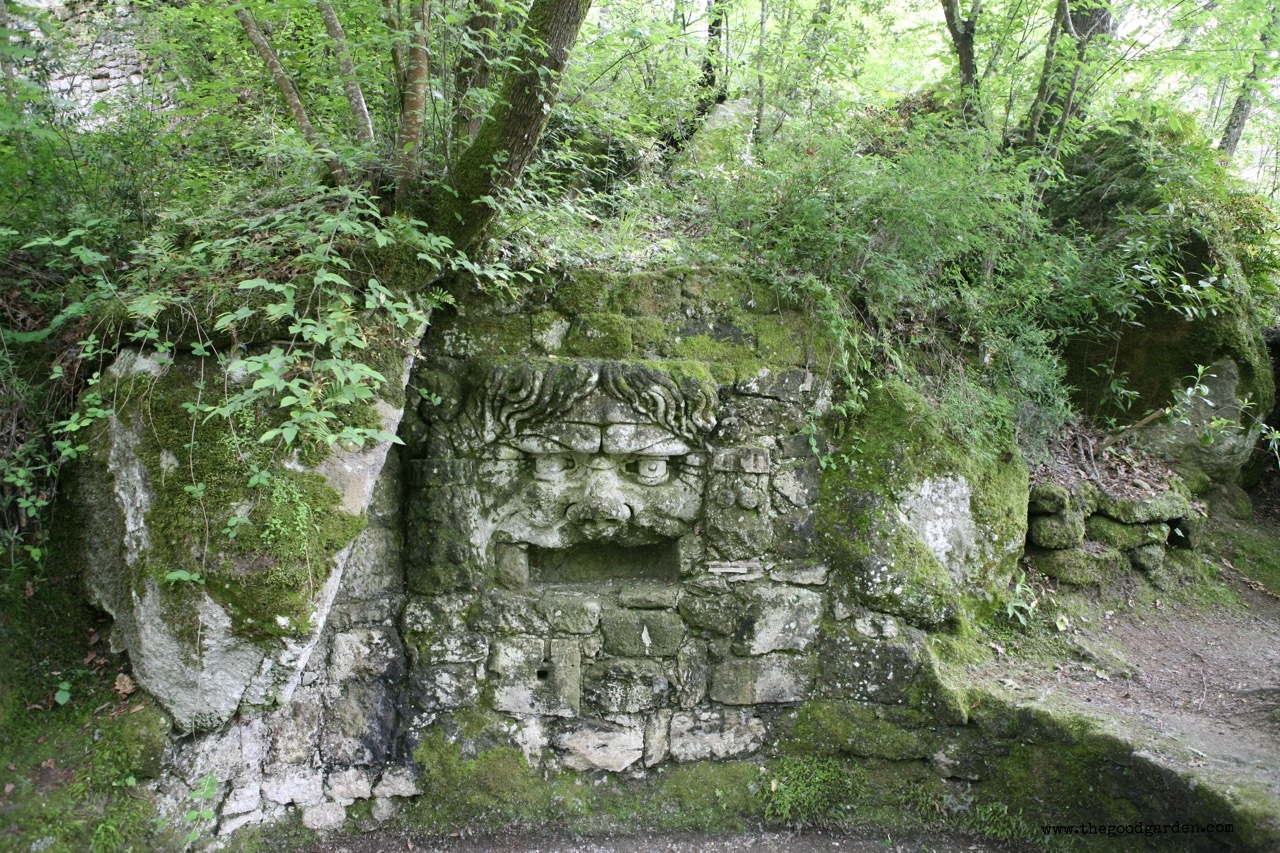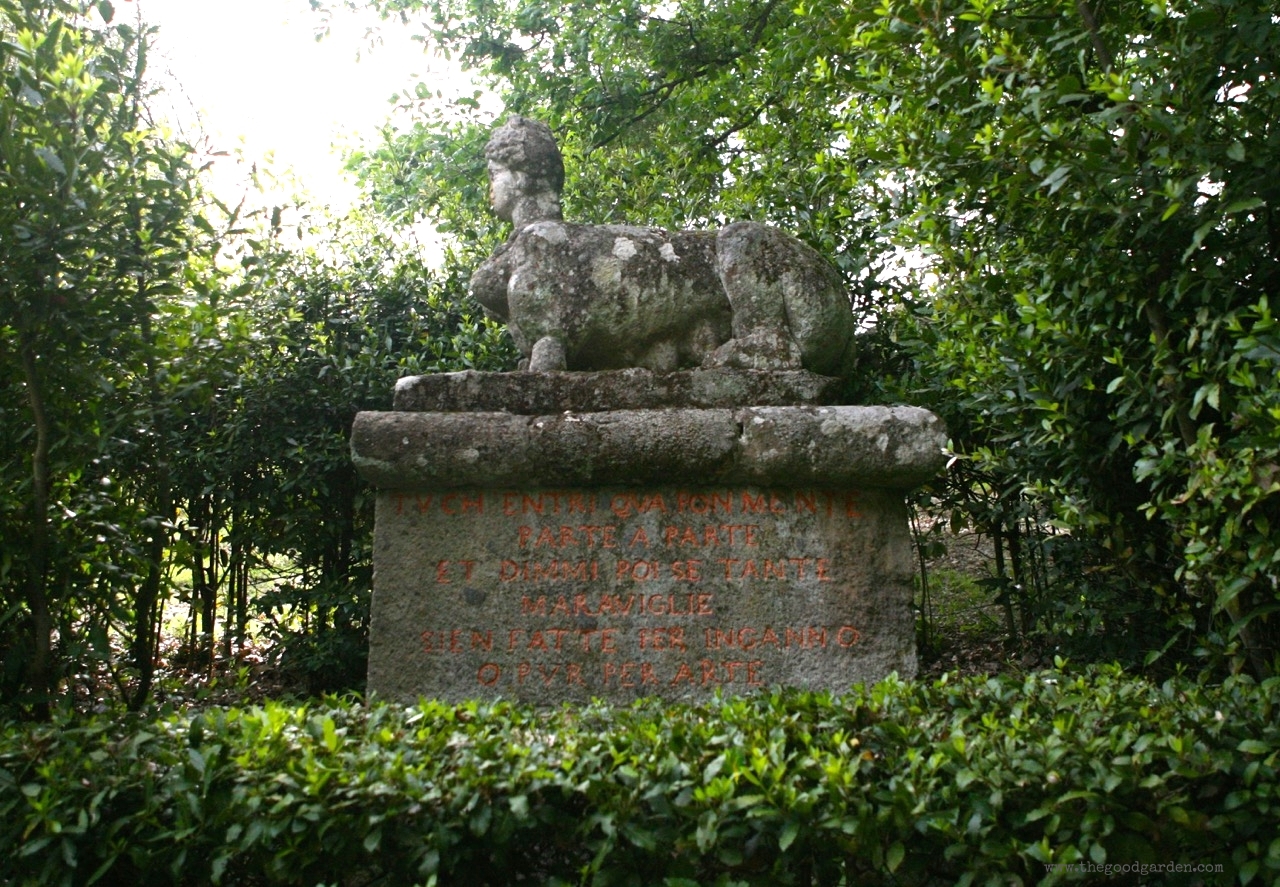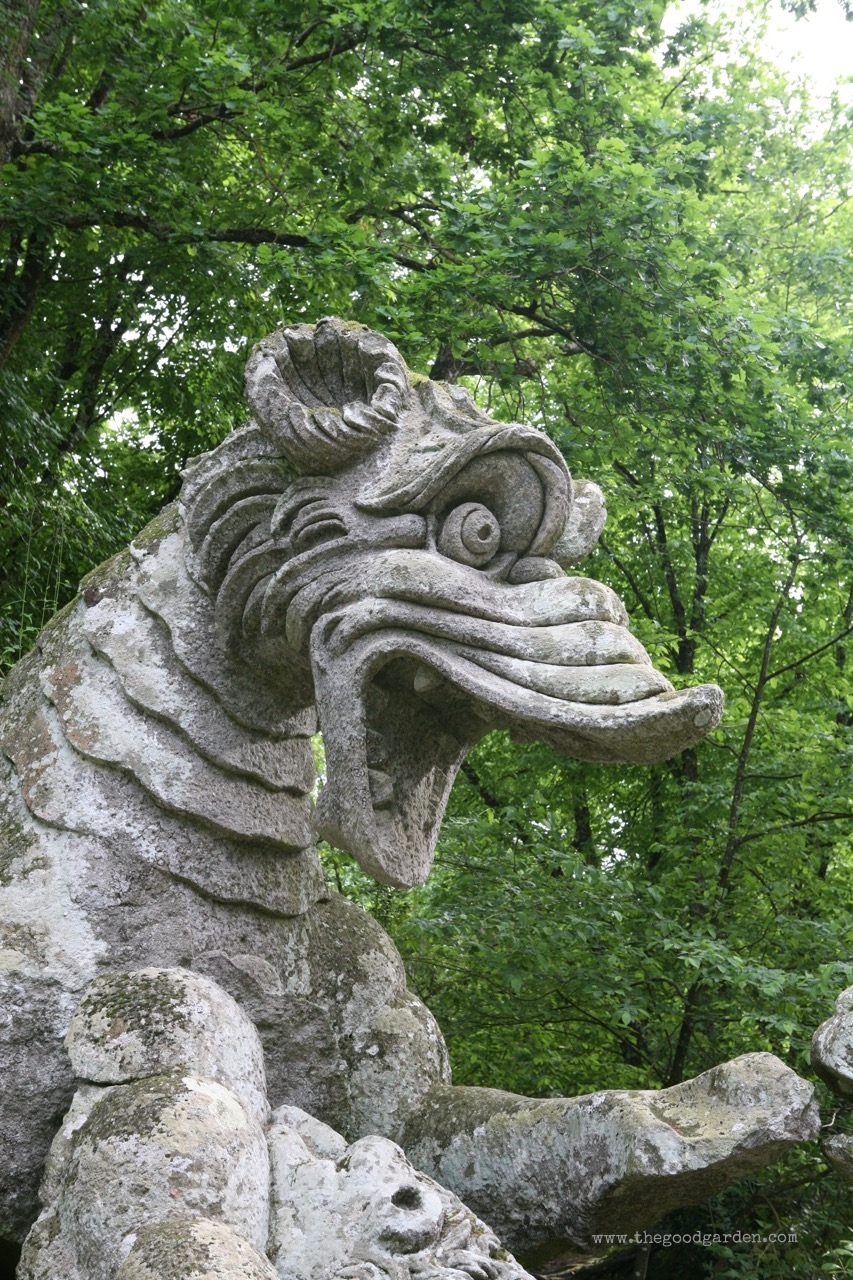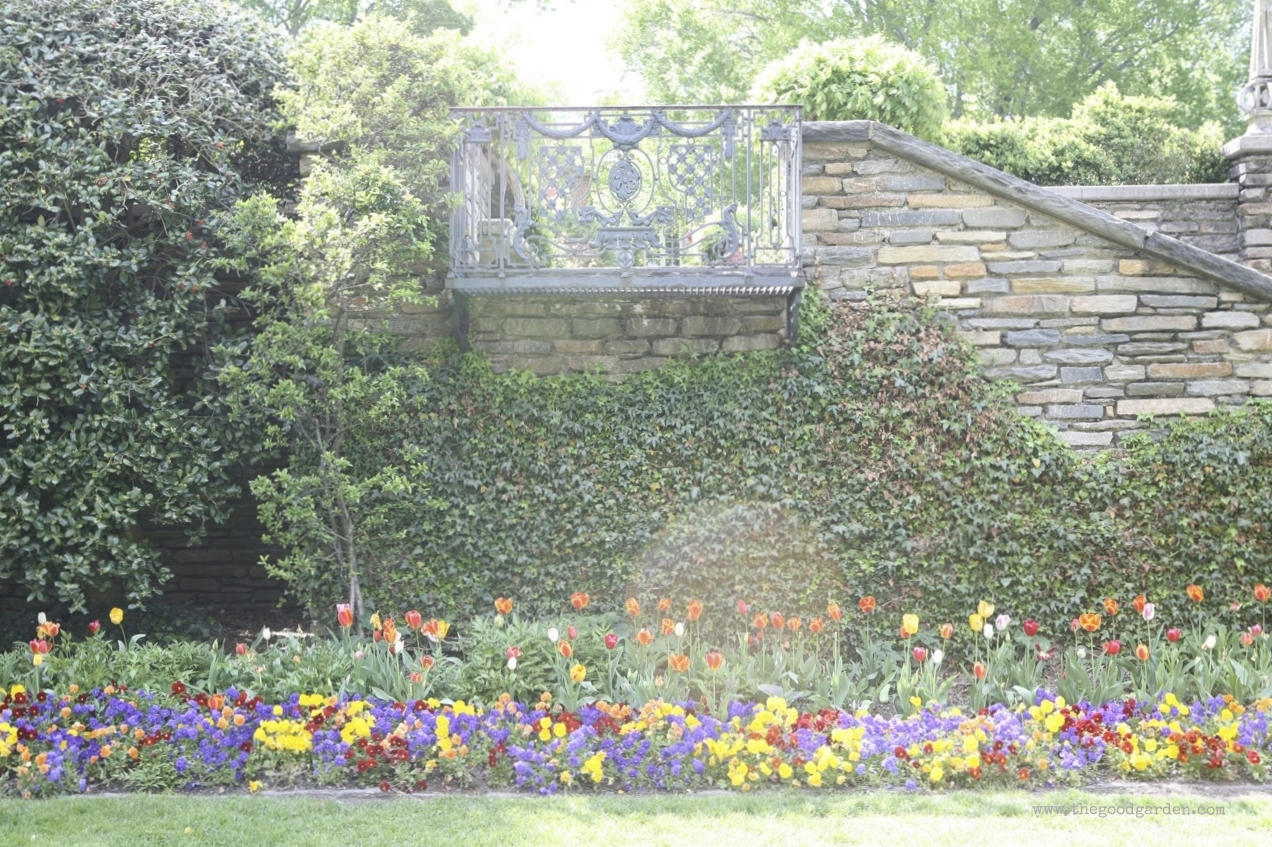Cold climate gardeners who want to create gardens with exotics know that they need to provide protection during winter months. The green house, the orangerie, the cold frame, the basement are common ways to provide sheltered environments. Gardeners at the Singapore Botanic Garden have the opposite problem. Sustaining plants that thrive in cooler tropical highland forests requires the creation of -- the Cool House.
Entering the cool house provides an escape from the heat of the day: 75°F vs. an outside temperature of 95°F. A particular treat was seeing the pitcher plant or Monkey Cup, a name that comes from seeing monkeys drink from them. This plant is a carnivore that traps insects inside the pitcher to create a nutritious soup.
The Singapore Botanic Garden, founded in 1822, was part of a trend to establish botanic gardens in the tropics to study plants that could create economic value. Research in the 1890’s played a key role in increasing rubber production, and the garden became famous in the 1920’s for work with orchids that fostered commercial orchid production.
If you missed it, check out the Orchid Garden here.
1840 lithograph showing the Government Hill with some evidence of the first “botanical and experimental garden” in Singapore. Source: The Singapore Botanic Garden.

